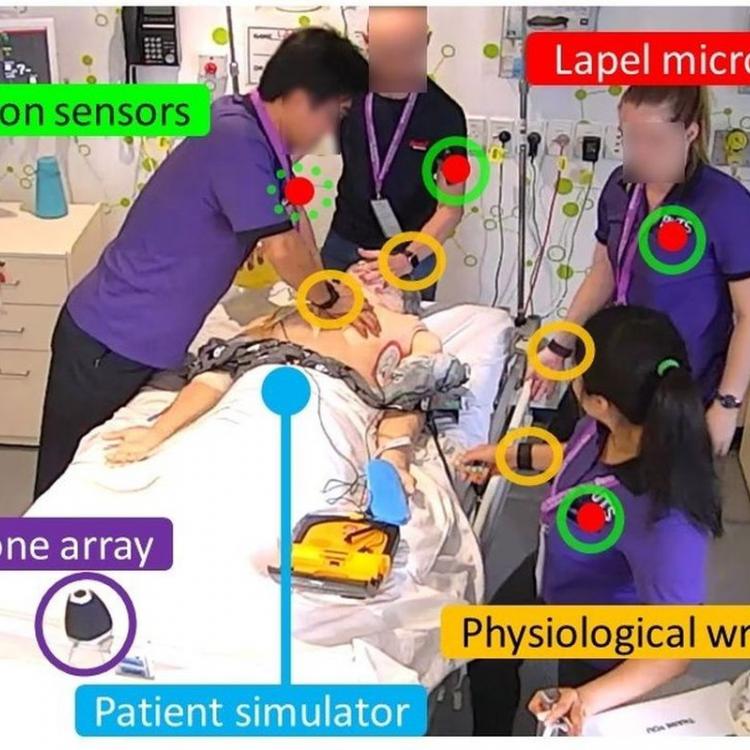Project description:
Research projects in Information Technology
Displaying 111 - 120 of 194 projects.
Closing the feedback loop
Student satisfaction with feedback is consistently low in higher education, and there is a lack of understanding regarding how students interpret and interact with feedback. Learning analytics promises to enhance feedback practice by providing real-time data and insights into learning behaviour and outcomes, so as to inform educational interventions. However, the feedback loop remains open without an understanding of how students make use of the received feedback or the #sustainability of such feedback practice.
Recordkeeping for Empowerment of Rural Communities in Bangladesh
The United Nations Development Programme has identified access to information as an essential element to support poverty eradication. People living in poverty are often unable to access information that is vital to their lives, such as information on their entitlements, public services, health, education or work opportunities. Timely access to information is essential to perform many economic, social and leisure activities. In today’s digital age, information is more and more often provided in digital form.
Complex question answering & generation over knowledge graphs
Complex questions are those that involve discrete, aggregate operators that operate on numbers (min, max, arithmetic) and sets (intersection, union, difference). Recent advances in complex question answering take a neural-symbolic approach and combine meta-learning and reinforcement learning techniques [1,2,3]. On the other hand, the generation of complex questions, the dual problem, is less explored. Recent works on knowledge graph question generation [4,5] have mainly focussed on multi-hop questions.
Human-Centred Multimodal Teamwork Analytics
This scholarship will provide a stipend allowance of $29,000 AUD per annum for up to 3.5 years, plus $4,000 travel allowance. If you are currently in Australia you are strongly encouraged to apply. If successful, you will join Dr. Roberto-Martinez Maldonado, Prof. Dragan Gasevic, and a strong team of academics, researchers and other students at the Centre of Learning Analytics at Monash University, Melbourne.
ITTC OPTIMA projects
The Australian Research Council (ARC) Training Centre in Optimisation Technologies, Integrated Methodologies, and Applications (OPTIMA) is seeking applications for ten ARC fully-funded PhD projects with generous top-up scholarships.
We're looking for talented students with a background in mathematics, computer science, statistics, economics, engineering or other related fields. These positions are offered across OPTIMA's nodes located at Monash University or The University of Melbourne. Projects will be available from June 2021 onwards.
Precision medicine for paediatric brain cancer patients
The proposed PhD project aims to build a machine learning/deep learning-based decision support system that provides recommendations on precision medicine for paediatric brain cancer patients based on clinical, genomics and functional dependency data (CRISPR, drug screens).
Anomaly detection in evolving (dynamic) graphs
Anomaly detection is an important task in data mining. Traditionally most of the anomaly detection algorithms have been designed for ‘static’ datasets, in which all the observations are available at one time. In non-stationary environments on the other hand, the same algorithms cannot be applied as the underlying data distributions change constantly and the same models are not valid. Hence, we need to devise adaptive models that take into account the dynamically changing characteristics of environments and detect anomalies in ‘evolving’ data.
Clustering of (time series of) generalised dynamic Bayesian nets, etc.
The relationship between the information-theoretic Bayesian minimum message length (MML) principle and the notion of Solomonoff-Kolmogorov complexity from algorithmic information theory (Wallace and Dowe, 1999a) ensures that - at least in principle, given enough search time - MML can infer any underlying computable model in a data-set.
A consequence of this is that we can (e.g.)
Does deep learning over-fit - and, if so, how does it work?
Methods of balancing model complexity with goodness of fit include Akaike's information criterion (AIC), Schwarz's Bayesian information criterion (BIC), minimum description length (MDL) and minimum message length (MML) (Wallace and Boulton, 1968; Wallace and Freeman, 1987; Wallace and Dowe, 1999a; Wallace, 2005).


